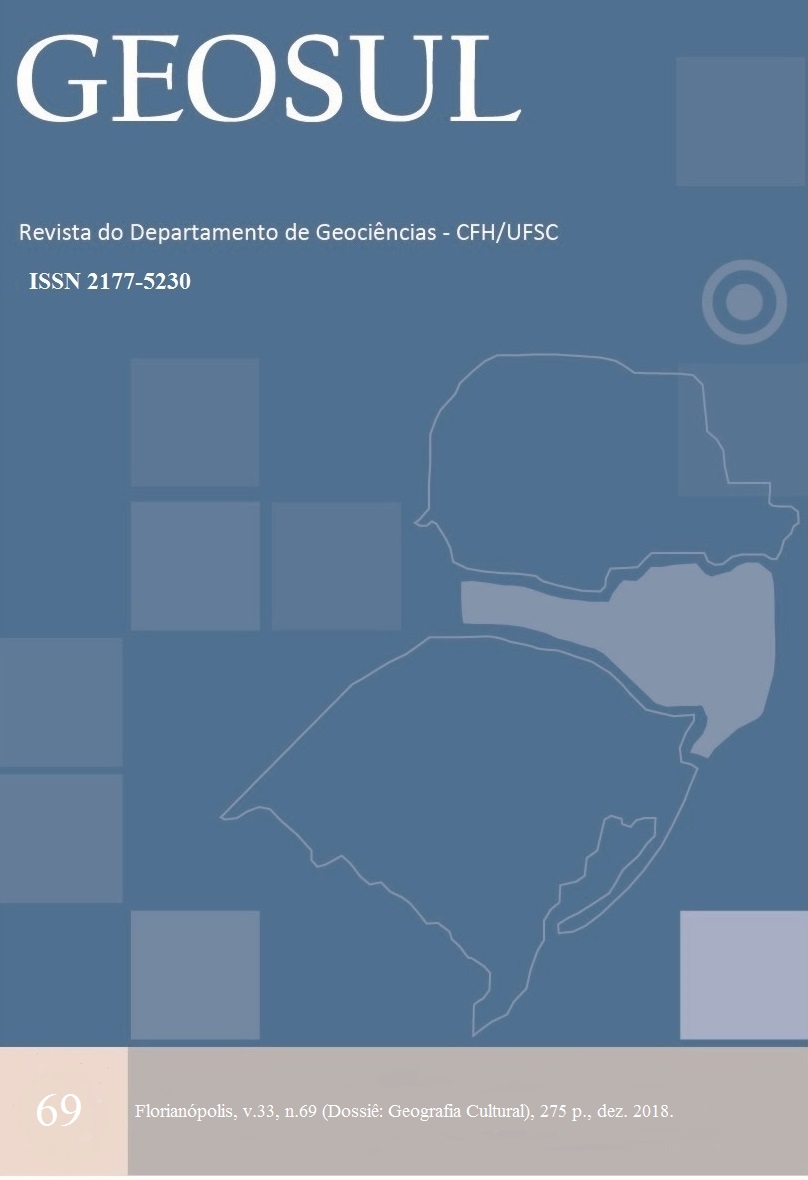The regional dynamics of the economy of the charqueadas and the practice of football in the cities of Pelotas and Rio Grande (RS)
DOI:
https://doi.org/10.5007/2177-5230.2018v33n69p12Abstract
This article aims to identify the relations between the regional dynamics of the charqueadas economy and the development of soccer practice in the cities of Pelotas and Rio Grande (RS). It is intended to highlight the influence of neighboring countries, industrial capital and aristocracy in the process of forming a local economy and the very diffusion of football practices. This sport has known different routes of introduction in Brazil that are explained, in part, by the economic relations established with other countries. Rio Grande do Sul presents some combinations that elucidate the pioneering spread of football, especially in the southern region of the state. The cities of Pelotas and Rio Grande formed the largest economic and demographic pole of southern Brazil between the mid-19th and early 20th centuries, establishing trade relations with the countries of the River Plate, attracting European immigrants and English capital. The city of Pelotas, located between the Camacho gaúcha and the port of Rio Grande, became the capital of the charque aristocracy that financed the emergence of new spaces of sociability such as theaters, cafes and clubs. Football understood as a modern European practice is gradually incorporated by the Pelotan elite. In this same sense, it is the charque economy that makes the Rio Grande port the largest in southern Brazil, attracting foreign investments in port activities, manufacturing and infrastructure. The English colony of the city met in clubs and practiced the football, sharing it also with the German workers. The port activity in Rio Grande, the charqueadas in the city of Pelotas and the platinum influence are factors that contributed to the formation of the first football clubs and regional leagues in the late nineteenth and early twentieth centuries. Thus, in order to understand the relations between the geographic and historical dynamics of the cities of Pelotas and Rio Grande with the dispersion of the sport of Breton, the text will resort methodologically to the bibliographical and documentary revision.
Downloads
Published
Issue
Section
License

Este trabalho está licenciado com uma Licença Creative Commons - Atribuição 4.0 Internacional.


